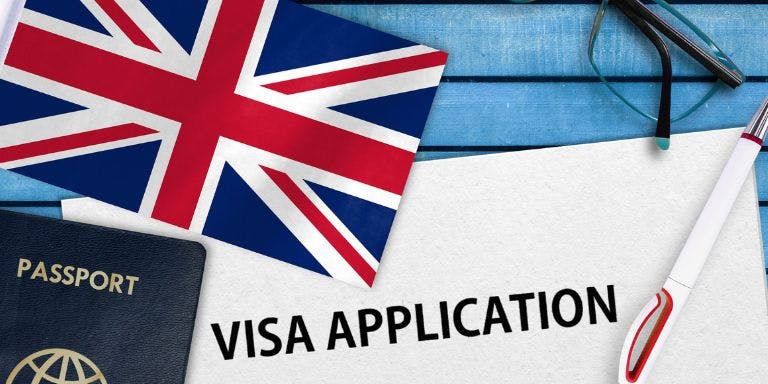First published on Thursday, June 4, 2020
Last updated on Friday, December 27, 2024
Jump to section
When you’re hiring for a new role, the first thing you’ll notice is the sheer volume of applications coming in. Whether you’re getting bombarded with CVs or receiving a manageable number of responses, one thing’s for sure—you can’t interview everyone. That’s where shortlisting comes in.
In simple terms, shortlisting is the process of narrowing down your pool of applicants to a smaller group who are best suited for the role. Think of it as creating your “must-meet” list.
This step is crucial because it helps you focus your time and energy on candidates who meet the key criteria for the job.
Without shortlisting, you could end up spending hours wading through applications that aren’t a good fit, leaving you frustrated and behind schedule.
What does shortlisting involve?
Shortlisting isn’t just about scanning CVs for relevant experience (although that’s part of it). It’s a more thoughtful process that considers things like:
Essential qualifications: Does the candidate meet the basic requirements for the role?
Relevant experience: Do their past jobs or skills align with what you’re looking for?
Cultural fit: Based on their application, do they seem like a good match for your company’s values and vibe?
Specific deal-breakers: For example, if the role requires someone to work in-office but they’re based overseas, it might not work out.
The key is to have a clear set of criteria before you start so you can stay objective and avoid letting bias creep in.
Why does shortlisting matter?
Shortlisting saves time—not just for you but for the candidates too. By narrowing your focus, you’ll have more meaningful conversations during the interview stage and be more confident about finding the right hire.
Plus, it shows candidates that you’re organized and professional, which reflects well on your business.
What happens after shortlisting?
Once you’ve got your shortlist, it’s time to dig deeper through interviews, assessments, or whatever your next steps might be. But the shortlisting phase lays the foundation for a smoother hiring process.
If you’re ready to fine-tune your shortlisting process, check out our next article on how to shortlist like a pro.
Have a question?
Ask away, we’ve got lightning fast answers for UK business owners and employers powered by qualified experts.









